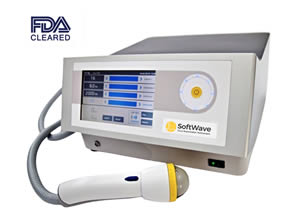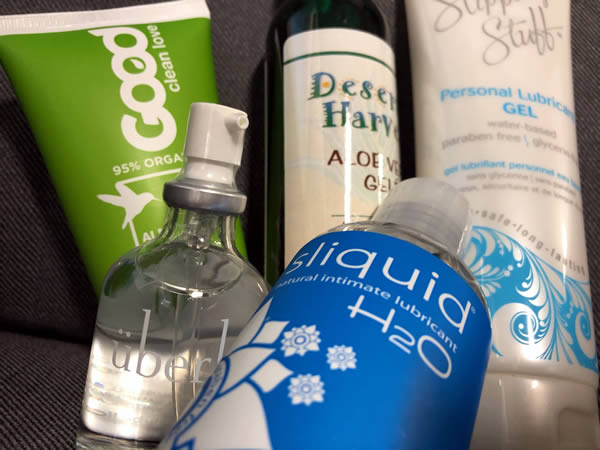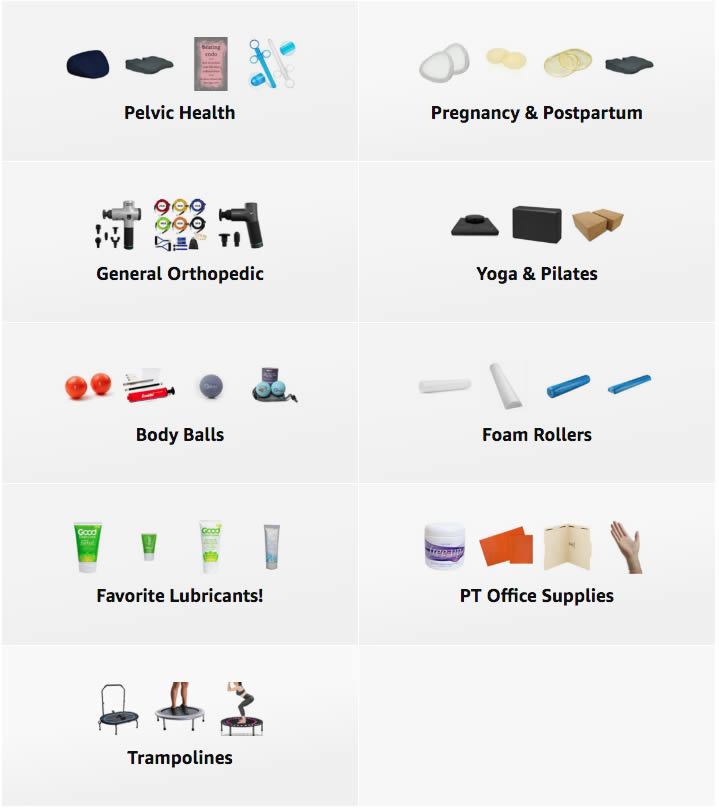When talking to some of my patients, I’ve noticed that lubricants have a negative stigma.
For instance, women believe that something must be wrong with them if they have to use a lubricant. Let's talk about finding the right personal lubricant for you.
Yes, there are natural causes with aging that can cause vaginal dryness, but our society has also skewed the way we view our natural lubrication. Every woman has glands in their vagina that secrete various amounts of lubrication. My thought is why not add to the fun, because lubricants can definitely be that!
Using a lubricant can enhance the pleasure, decrease friction, prevent pain/discomfort, and prolong sexual excitement, so why wouldn’t you want to use it. Now finding the right lubricant for you can be a challenge, but no worries this will help you get started. We will start with some basics when looking for your soulmate lubricant.
Some Basics on Personal Lubricants:
- Look at the ingredients
- What is the osmolality of the product? Don’t worry we’ll explain what this means...
- The product's pH level
Osmosis
Osmosis is the movement of any solvent to result in equilibrium of solute concentration on either side of a membrane. For instance, if there is a cell with higher salt levels inside a solution with less salt to water ratio (a hypotonic solution), then water from the solution will fill the cell up to make the concentrations equal. In contrast if a cell is placed in a hypertonic solution (meaning higher salt levels in the solution than the cell), in order to balance the concentrations the cell will be sucked dry to compensate. So the osmolality is the amount of solute (i.e. sodium, chloride, potassium) in a given weight of water (mOsm/kg). Now we will be looking at the osmolality of lubricants and how they affect the epithelial cells in the vaginal mucosa.
Lubricants, Osmolality, and Ingredients
- Lubricants have a range of osmolalities, meaning a concentration of solutes. Researchers have found that lubricants that are hyperosmolar can actually cause tissue damage. You want to use lubricants that have osmolalities closest to extracellular body fluid. (hypo-osmotic: osmolality less than the normal osmolality of female secretions (<260 mOsm/kg); iso-osmotic: most consistent with normal osmolality of female secretions (260-290 mOsm/kg and human semen 250-380 mOsm/kg); Moderately hyperosmotic (2143 mOsm/kg); Highly Hyperosmotic (5848 mOsm/kg)
- Also lubricants containing glycerin were found to be linked to bacterial vaginosis and changes in the vaginal flora.
In a study done in 2017, they found no mucosal irritation with the hypo-osmotic and iso-osmotic lubricants. The hyperosmotic products had the most severe irritation showing tissue damage. They also found high levels of glycerol in the hyperosmotic products.
- You also want a lubricant that matches normal vaginal and rectal pH, which ranges around 3.8–4.5.
- Parabens are chemicals used as preservatives - and who needs that in your body?
- Nonoxynol-9 (spermicidal contraceptive) can be found in some lubricants and condoms and have been associated with irritation and/or disruption of the vaginal tissue.
In a study done in 2007 (Fuchs’ et. al) they looked at the effects of lubricants on the rectal mucosa and they also found that the hyperosmolar lubricants induced greater epithelial denudation or erosion than iso-osmolar gels. Therefore, it’s important to know what type of lubricants you are using for both vaginal (260-290 mOsm/kg) and rectal mucosa (osmolality of colon ∼290 mOsm/kg).
Other Takeaways:
- Look at the ingredients before you purchase (try to stay away from glycerins, parabens, and nonoxynol-9/spermicide)
- Research your products and see if you can find their osmolality. (remember the lower or most consistent to female secretions resulted in no irritation to the vaginal tissue)- You can find a list of products and their osmolalities by the World Health Organization here. For more osmolality levels click here.
- Oil based lubricants are NOT compatible with latex condoms and check product labels for silicone toys because some are not compatible with silicone-based lubricants
- Everyone’s bodies are different so you may have to go through a few lubricants before you find the one that best suits you! (whether it’s consistency, water or oil based, etc.)
Lubricants we use at the clinic/recommend to check out:
- Uberlube (silicone-based, condom friendly, not compatible with polyurethane condoms)- https://www.uberlube.com
- Sliquid (makes both silicone and water-based)- https://sliquid.com/shop/
- Good Clean Love (includes organic aloe)- https://goodcleanlove.com
- Slippery Stuff (water based) - Amazon.com
- Desert Harvest (all-natural aloe vera based)- https://www.desertharvest.com
Once you're successful finding the right personal lubricant you will be on your way to a better sex life! And contact us here if you feel like you need more help in your journey toward optimal pelvic health.
References:
Ayehunie, S., Wang, Y. Y., Landry, T., Bogojevic, S., & Cone, R. A. (2017). Hyperosmolal vaginal lubricants markedly reduce epithelial barrier properties in a three-dimensional vaginal epithelium model. Toxicology reports, 5, 134–140. doi:10.1016/j.toxrep.2017.12.011
Edwards, D., & Panay, N. (2016). Treating vulvovaginal atrophy/genitourinary syndrome of menopause: how important is vaginal lubricant and moisturizer composition?. Climacteric : the journal of the International Menopause Society, 19(2), 151–161. doi:10.3109/13697137.2015.1124259
Edward J. Fuchs, Linda A. Lee, Michael S. Torbenson, Teresa L. Parsons, Rahul P. Bakshi, Anita M. Guidos, Richard L. Wahl, Craig W. Hendrix, Hyperosmolar Sexual Lubricant Causes Epithelial Damage in the Distal Colon: Potential Implication for HIV Transmission, The Journal of Infectious Diseases, Volume 195, Issue 5, 1 March 2007, Pages 703–710, https://doi.org/10.1086/511279
Nicole W. A question for women's health: chemicals in feminine hygiene products and personal lubricants. Environ Health Perspect. 2014;122(3):A70–A75. doi:10.1289/ehp.122-A70
World Health Organization. (2012). Use and procurement of additional lubricants for male and female condoms: WHO/UNFPA/FHI360: advisory note. World Health Organization. https://apps.who.int/iris/handle/10665/76580
Vishwanathan SA, Morris MR, Wolitski RJ, et al. Rectal application of a highly osmolar personal lubricant in a macaque model induces acute cytotoxicity but does not increase risk of SHIV infection. PLoS One. 2015;10(4):e0120021. Published 2015 Apr 8. doi:10.1371/journal.pone.0120021


























 A Curated List of Excellent Items at Amazon
A Curated List of Excellent Items at Amazon






